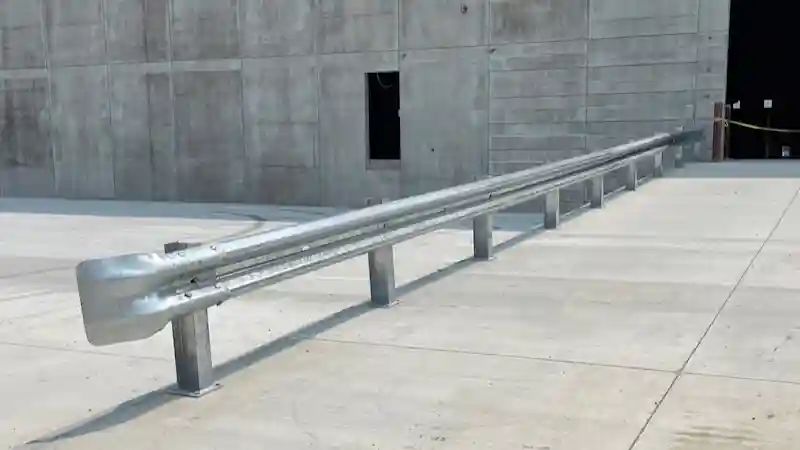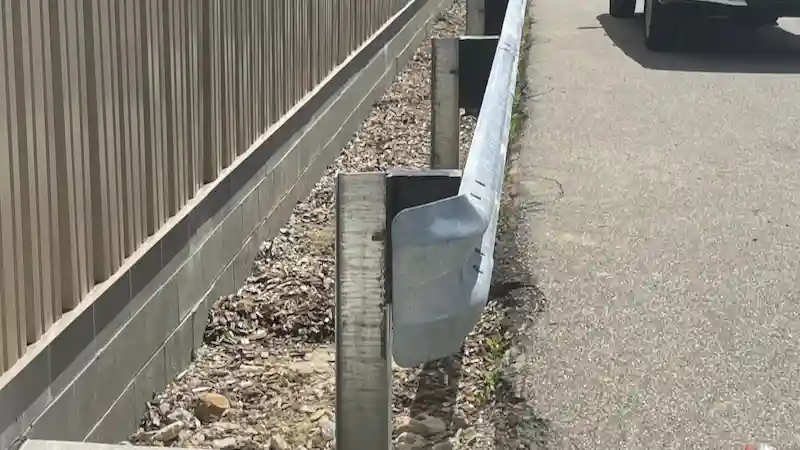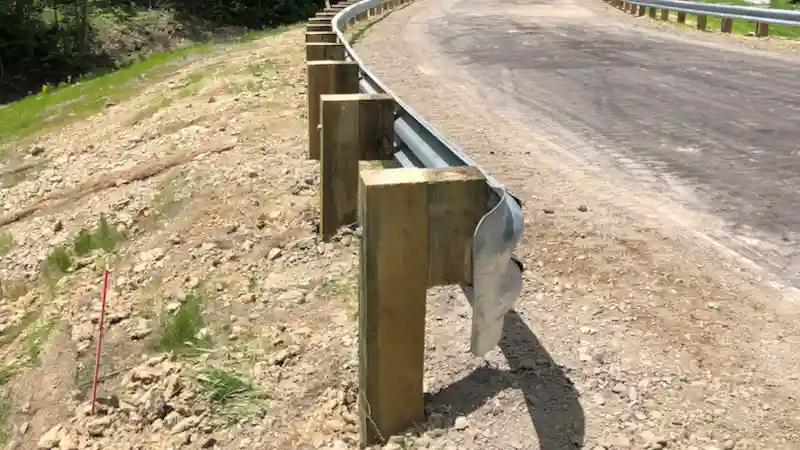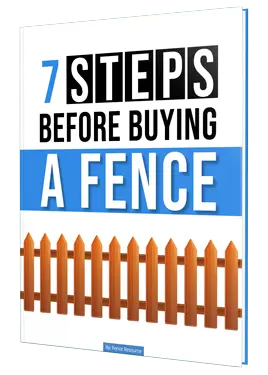Guardrails are an important safety feature used on roads, highways and parking lots to protect motorists from potential hazards. W-beam guardrail is a type of barrier commonly used on highways and rural roads.
They are effective in preventing vehicles from leaving the roadway and minimizing the risk of serious accidents.
In this article, we will discuss the various aspects of w-beam guardrail, including the types of posts used for guardrail, their installation process, and the advantages of different post spacing.

Benefits of W-Beam Guardrail
W-beam guardrail provides several benefits. First, it is effective in preventing vehicles from leaving the roadway or edges of parking lots. As a result, helping to minimize the risk of serious accidents and fatalities.
Second, it is relatively low-cost compared to other types of barriers. This makes them a popular choice for many road agencies and departments of transportation.
Finally, w-beam guardrail is durable and long-lasting. Made from 12 gauge galvanized steel, they last ling even in harsh weather conditions. Therefore, providing reliable protection for many years.
Shapes and Sizes of W-Beam Guardrail
Most steel guardrails come a length of 12’6″. However, custom length sheets are also available. Two configurations are offered when it comes to the shape of the highway rail.
Straight w-beam guardrail is the most common. Used for long straight runs. For curved areas or roads on a radius, manufactures offer curved radius sections of 12 gauge steel guardrail.
The curved sections come either convex or concave depending on how the radius is curved. Sections with curves require some special measurements in order to determine the amount each sheet of w-beam guardrail curves.
W-Beam Guardrail Posts
Steel W-beam guardrails are typically installed using either wood or metal post materials. Wood posts are often used for low-speed roads, while metal posts are commonly used on high-speed highways.
Sometimes, a spacer block is used to maintain the rail’s distance from the posts. Spacer blocks are typically made of plastic or wood and are installed between the rail and the post to maintain a consistent distance and shape.
Wood Posts for W-Beam Guardrail

Wood posts are typically made from pressure-treated southern yellow pine. It is commonly used because they are resistant to decay and have a high strength-to-weight ratio.
They are also relatively inexpensive, which makes them a popular choice for low-speed roads. Wood posts are typically 6×8 inches in size in a rectangular shape. They can also be round.
Metal Posts for W-Beam Guardrail

Metal posts are typically made from galvanized steel I-beams. Steel posts are stronger than wood. However, both materials are durable and long-lasting.
Steel metal posts are typically 4×6 inches in size and are installed with a 6-foot or 12-foot spacing.
Post Spacing Matters
The spacing between posts is an important factor to consider when installing w-beam guardrail. A post spacing of 6’3″ provides greater rigidity and strength to the 12 gauge steel guardrail and is recommended for high-speed roads where the impact force will be greater.
A post spacing of 12’6″ is more commonly used for low-speed roads or parking lots and can save on material and installation costs. However, a wider post spacing can result in a less rigid w- beam barrier and may not be suitable for high-speed roads.
Installing W-Beam Guardrail

The installation process for w-beam guardrail involves a few key steps. First, the posts are set in place along the roadway or parking lot at the specified spacing.
The posts are typically concreted or driven into the ground. Spacer blocks, if used, are then installed between the w-beam rail and the post.
Next, the w-beam rail is attached to the posts using hot dip galvanized nuts and bolts. The rail is typically made from 12 gauge galvanized steel, which makes it resistant to corrosion and rust.
Finally, end treatments known as flares or buffer wings are installed at the beginning and end of each w-beam guardrail section to minimize the risk of vehicle impalement.
Final Thoughts on W-Beam Guardrails
W-beam guardrails are an essential safety feature used on roads and highways to protect motorists from potential hazards. They are typically installed using wood or metal posts.
The post spacing is an important factor to consider and can affect the strength and rigidity of the guardrail.
W-beam guardrails are effective in preventing vehicles from leaving the roadway, relatively low-cost, and durable, making them a popular choice for vehicle containment.

